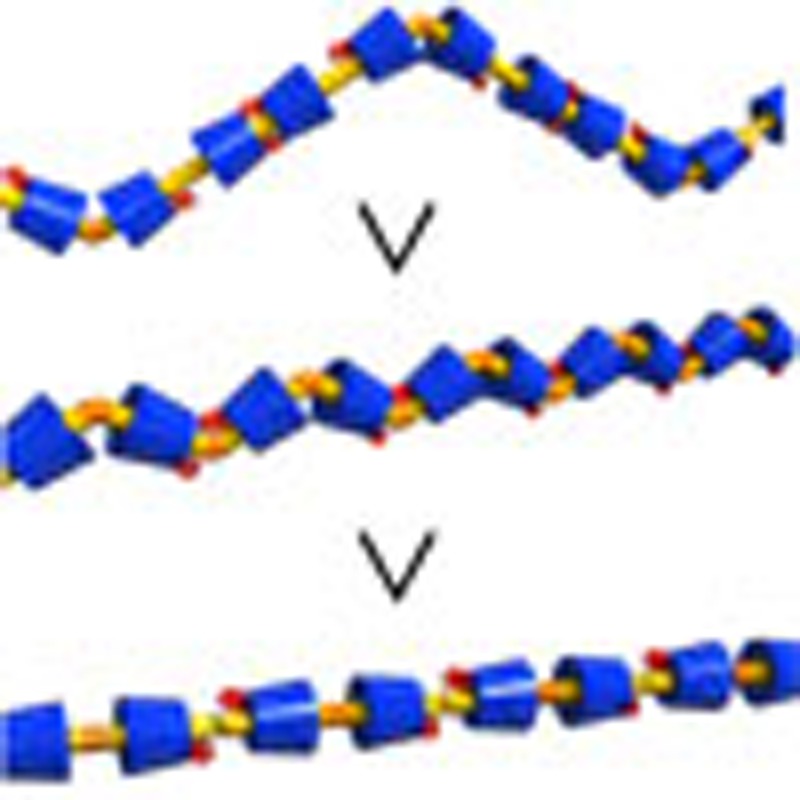- Record: found
- Abstract: found
- Article: found
Design principle for increasing charge mobility of π-conjugated polymers using regularly localized molecular orbitals

Read this article at
Abstract
The feasibility of using π-conjugated polymers as next-generation electronic materials is extensively studied; however, their charge mobilities are lower than those of inorganic materials. Here we demonstrate a new design principle for increasing the intramolecular charge mobility of π-conjugated polymers by covering the π-conjugated chain with macrocycles and regularly localizing π-molecular orbitals to realize an ideal orbital alignment for charge hopping. Based on theoretical predictions, insulated wires containing meta-junctioned poly(phenylene–ethynylene) as the backbone units were designed and synthesized. The zigzag wires exhibited higher intramolecular charge mobility than the corresponding linear wires. When the length of the linear region of the zigzag wires was increased to 10 phenylene–ethynylene units, the intramolecular charge mobility increased to 8.5 cm 2 V −1 s −1. Theoretical analysis confirmed that this design principle is suitable for obtaining ideal charge mobilities in π-conjugated polymer chains and that it provides the most effective pathways for inter-site hopping processes.
Abstract
 Polymers are good potential processable materials for electronic components; however,
their charge mobilities are quite low. Here, the authors show that wrapping polymers
with macrocycles and localization of π-orbitals realizes an ideal orbital alignment
for charge hopping with subsequently increased mobility.
Polymers are good potential processable materials for electronic components; however,
their charge mobilities are quite low. Here, the authors show that wrapping polymers
with macrocycles and localization of π-orbitals realizes an ideal orbital alignment
for charge hopping with subsequently increased mobility.
Related collections
Most cited references13
- Record: found
- Abstract: found
- Article: found
Electric Field Effect in Atomically Thin Carbon Films
- Record: found
- Abstract: not found
- Article: not found
Generalized Gradient Approximation Made Simple.
- Record: found
- Abstract: found
- Article: not found